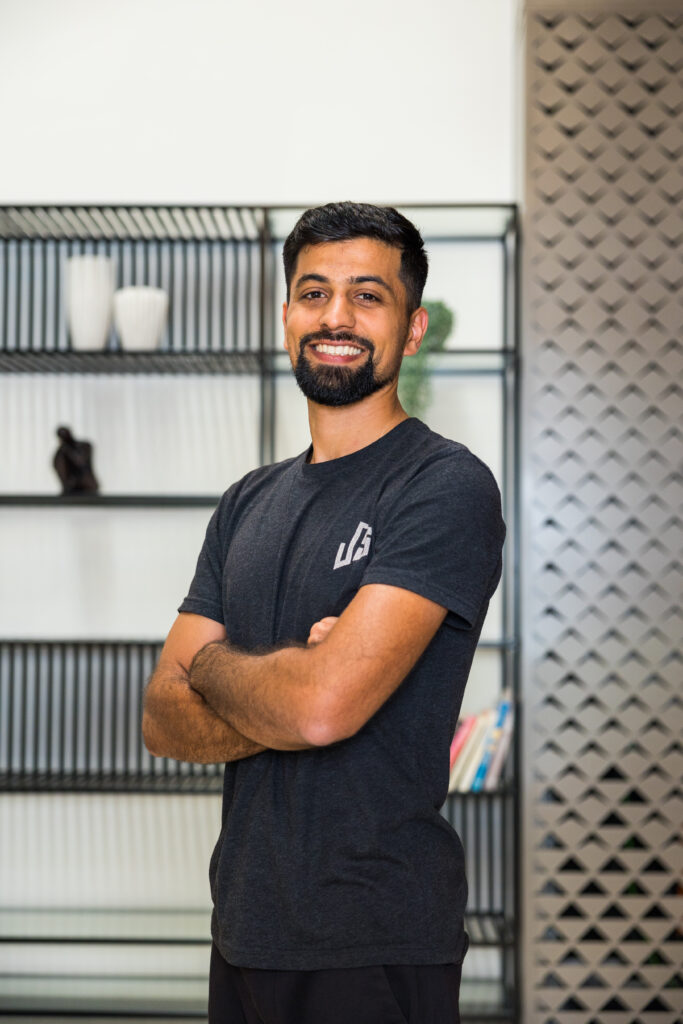Osteopathy
Zoom out approach to pain
In order to gain a wider perspective on life, we are encouraged to take a step back. Look up at the sky and observe how vast and wondrous it is. By zooming out, we can appreciate the multiple layers that make up our existence. This same mindset — a zoom out approach to pain — can help us better understand what’s going on in our bodies as well.
My intention is not to become overly philosophical but to highlight a reality of our lives. Sometimes, we zoom in too much on our pain — focusing heavily on the area of concern, trying to figure out exactly why that specific area is under pressure.
Is it the disc? Is it the joint? Is it the muscle? Or could it be something like fascia? Over time, I’ve come to appreciate that being overly focused on identifying the exact source of pain — especially in cases of non-specific pain — can actually prevent us from healing.
Let me share some examples to illustrate this:
Example 1: “Oh no, I have a slipped disc in my lower back!”
Did you know that many people are walking around — even exercising daily — with a slipped disc and have no idea it’s there? So why is it that some people experience extreme pain, to the point where they can’t even walk?
Consider this: the disc itself doesn’t actually have pain receptors that signal directly to the brain. If it did, we’d be in pain every day. Pain signals often arise from a wider array of factors: inflammation, muscle spasms, restricted blood flow, and nervous system dysregulation, among others. The list goes on — and the more we learn about the body, the more we realize that a zoom out approach to pain may be a better path to healing.
Example 2: “My shoulder muscles are always tight.”
The head is a very heavy part of the body. Even a slight forward shift means the neck and shoulder muscles must work overtime to keep us from falling flat on our faces.
If we only focus on “releasing the shoulder” through deep massage or muscle work, we might miss the bigger picture. It could be posture-related. It could be eye strain pulling your head forward. It might be gut tension, like a tummy cramp or constipation, causing a flexed posture. Or it could even be connected to something as subtle as breathing patterns — and yes, stress plays a big role here too.
The Power of a Zoom Out Approach to Pain
The key takeaway here is simple: take a deep breath and widen your perspective.
Consider that your long-term pain may be triggered by factors you haven’t thought about before. By adopting a zoomed-out, holistic approach, you may start to notice patterns that lead to real, lasting solutions.
I’m personally trying to zoom out more — not just in dealing with pain, but in life in general. I invite you to try it too. And if you do, I’d love to hear what you discover.

Zain Panjwani
Osteopath
Osteopath, Naturopath & Lifestyle Medicine practitioner Zainali has been practicing for over 9 years. His interest and love for sports initially took him into elite athletics dealing with some of the UK’s top 100m Sprinters & Long Jumpers. He founded his own clinic in the UK, where he treated a variety of people from sports to chronic pain and autoimmune conditions.


